BTO-On the morning of August 2, in Phan Thiet City, the Institute of Construction Economics - Ministry of Construction coordinated with the Department of Construction of Binh Thuan to organize a workshop to disseminate the roadmap for applying Building Information Modeling (BIM) in the province according to Decision No. 258/QD-TTg of the Prime Minister. More than 50 participants came from relevant departments; construction project management boards in the province and districts, towns and cities; specialized construction departments, enterprises and construction organizations in the province.
At the workshop, delegates listened to the following contents: Overview of Building Information Model (BIM); mechanisms and policies for applying BIM in Vietnam; BIM application in supporting appraisal work; CDE application in BIM project management; digitalizing seaport planning on GIS platform; BIM application for surveying and designing technical infrastructure works...
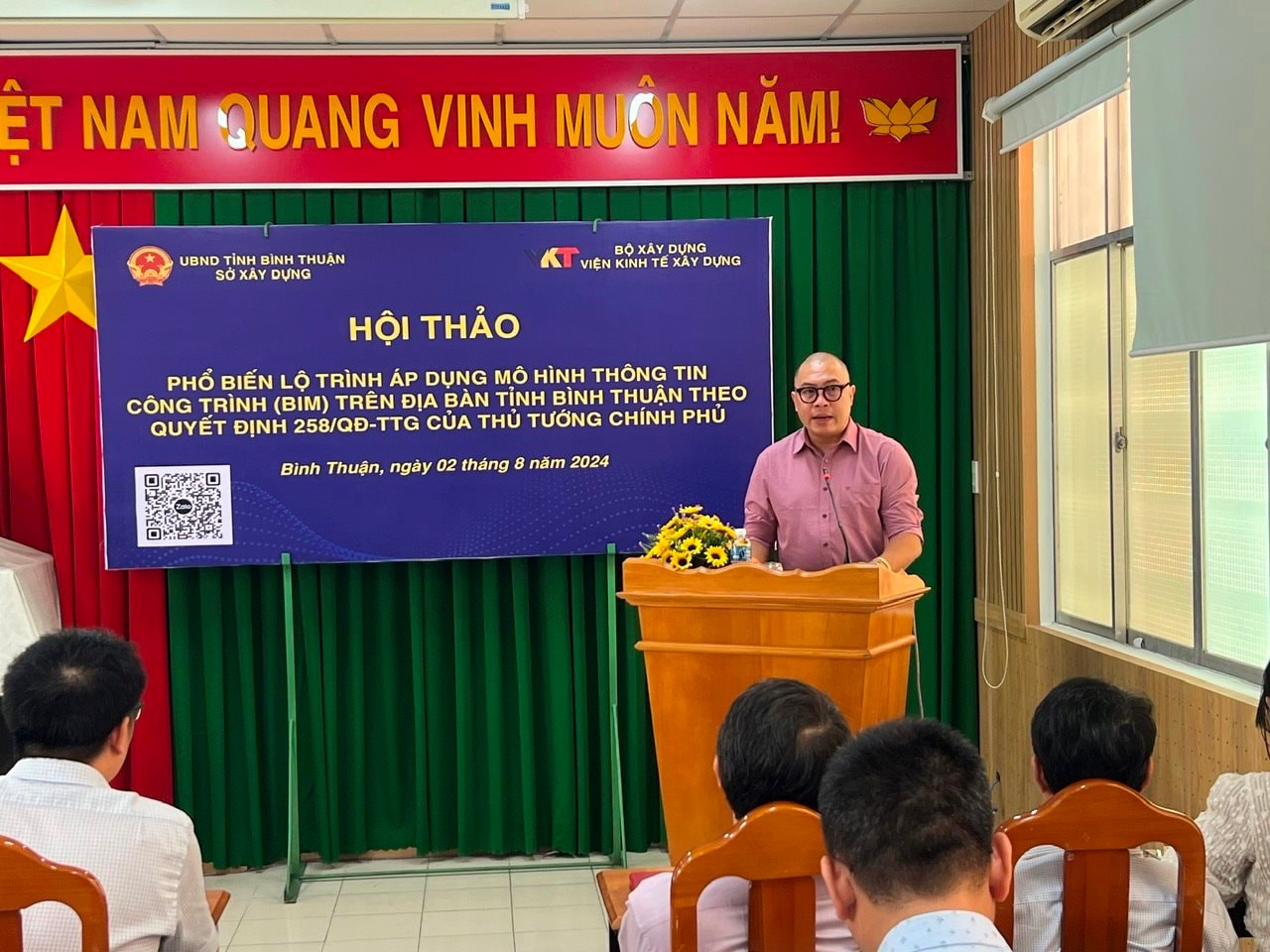
By definition, BIM is understood as "the use of advances in information technology to digitize construction information through three-dimensional (3D) spatial models to support the design, construction, and operation management processes of construction works". Applying the BIM model to the GIS platform (geographic information system) will help state management agencies and organizations manage planning and construction and geographic information more effectively. Through that, this data will be utilized to analyze, optimize, and make decisions on planning management, operation, and urban investment more effectively.
According to Decision No. 258/QD-TTg, the roadmap for applying the BIM model includes 2 phases: From 2023, BIM will be mandatory for level I and special level works of new construction investment projects using public investment capital, foreign capital for public investment and investment under the public-private partnership (PPP) method, starting to carry out project preparation work.
From 2025, BIM will be mandatory for level II or higher works of new construction investment projects using public investment capital, foreign capital for public investment and investment under the public-private partnership (PPP) method, starting to carry out project preparation work.
Source: https://baobinhthuan.com.vn/hoi-thao-pho-bien-lo-trinh-ap-dung-mo-hinh-thong-tin-cong-trinh-bim-tren-dia-ban-tinh-binh-thuan-122843.html


![[Photo] President of the Cuban National Assembly visits President Ho Chi Minh's Mausoleum](https://vphoto.vietnam.vn/thumb/1200x675/vietnam/resource/IMAGE/2025/10/1/39f1142310fc4dae9e3de4fcc9ac2ed0)

![[Photo] Keep your warehouse safe in all situations](https://vphoto.vietnam.vn/thumb/1200x675/vietnam/resource/IMAGE/2025/10/1/3eb4eceafe68497989865e7faa4e4d0e)

















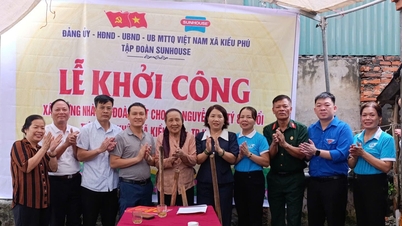
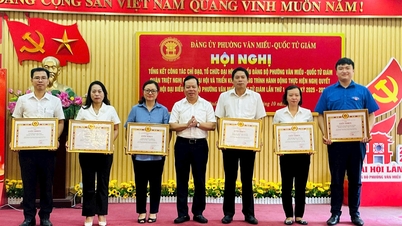

![[Photo] Hanoi morning of October 1: Prolonged flooding, people wade to work](https://vphoto.vietnam.vn/thumb/1200x675/vietnam/resource/IMAGE/2025/10/1/189be28938e3493fa26b2938efa2059e)












































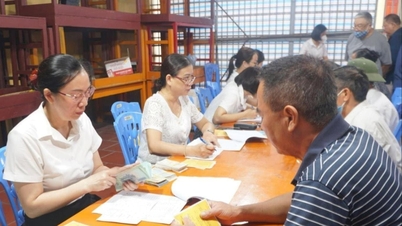

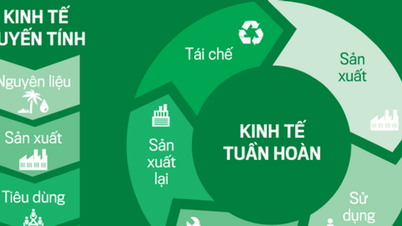


















Comment (0)